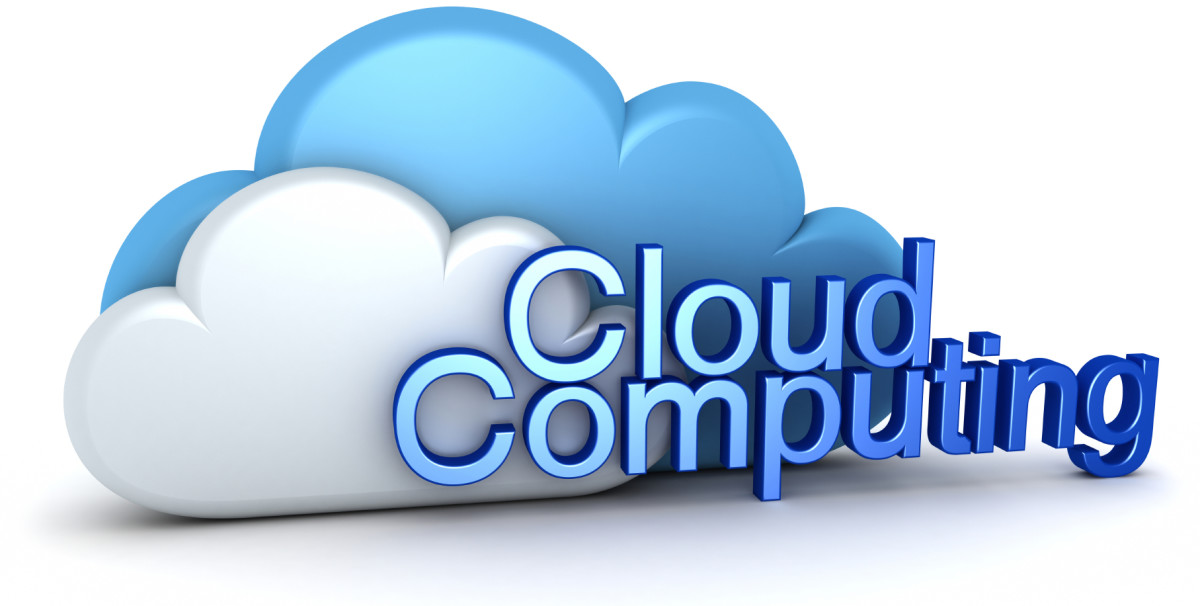Cloud Computing Definition
Cloud Computing Definition
Cloud computing is a hot topic right now, and is a very popular buzzword. It's being bandied around by all and sundry, and has, by now, accrued a multitude of meanings. What I hope to achieve here is to clarify what cloud computing is, what it means, and to provide you with a clear, concise cloud computing definition.
I spent 3.5 years in a major cloud computing player, and in that time, learned many things about the field. Specifically, cloud computing is not only about marketing, and it is the topic of strong debate for a very good reason. It is the next paradigm of online services. While many companies are already providing these services, many more are only just adopting cloud computing to offer their services.
History: Software as a Service
One of the greatest recent paradigm shifts that the internet has brought us is the ability to run software as an online service. The same services that used to use that title (or SaaS) are now jumping onto the term cloud computing - both because it is more practical, and because it offers greater breadth in terms of the services that can be offered.
Software as a service rose to prominance during the early 2000s, with the rise of relatively fast internet connections. Instead of purchasing software such as Enterprise Resource Management or Customer Relationship Management tools, companies could now sign up for a service which would offer them the same or better functionality remotely. This brought with it a number of benefits.
Traditional software was very costly to install and prepare for use - the servers were usually expensive, the people required to set it up as well, and the running costs weren't very attractive. With the Software as a Service model, companies were able to skip that whole step, and simply have a piece of software without all of a hassle. The important thing to see here is that software became more like a utility, and less like a structure. The services are hosted by the cloud computing company, and the entire infrastructure becomes less relevant.

Cloud Computing
These two words broaden the definition of software as a service somewhat. Where historically, this usually meant only applications, now it means entire computing infrastructures are offered online. Thus, more and more of a company's infrastructure can be placed 'in the cloud'. The advantages are many - costs are vastly reduced, the infrastructure suddenly becomes platform-agnostic (after all, all that's needed in most cases is simply a browser), and development times for new applications, both internal and client-facing is greatly reduced.
Cloud computing can be further subdivided into two categories.
'Pure' Cloud Computing
What is now known as 'pure' cloud computing hosts everything in the cloud - that includes both internal and external applications as well as websites and applications. Google, Amazon, and Salesforce.com are examples of these kinds of services.
'Mixed' Cloud Computing
'Mixed' cloud computing is an entirely different approach, and has little to do with cloud computing as described above. Companies like Microsoft and Oracle offer cloud computing hardware and software. Rather than being available in the cloud, however, these are companies that enable the cloud. If you'd prefer to host your own servers and your own cloud of computing power for your clients, these companies offer the tools to make that happen.
Cloud Computing Definition
Given the discussion above, we can thus succinctly define cloud computing as follows:
Applications or infrastructure delivered as a service rather than a product.
This neatly encapsulates the idea that the applications or infrastructure of a company need not be a large hurdle, but can simply be used like a utility - when it's required it's there. If it is no longer required, or something else is needed, there's no need to decommission a large server room or 200 CDs of something.
The reason for this article is to clarify a new paradigm that is both very vast, and very inspiring. It will enable small companies and individuals to have access to applications which would previously have been outside of their means, and will increase the pace of innovation as a whole.









